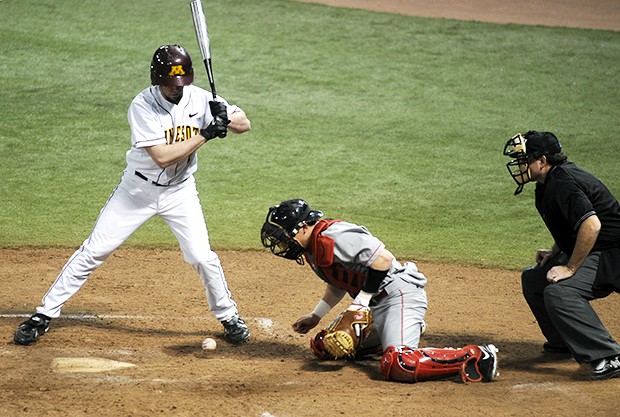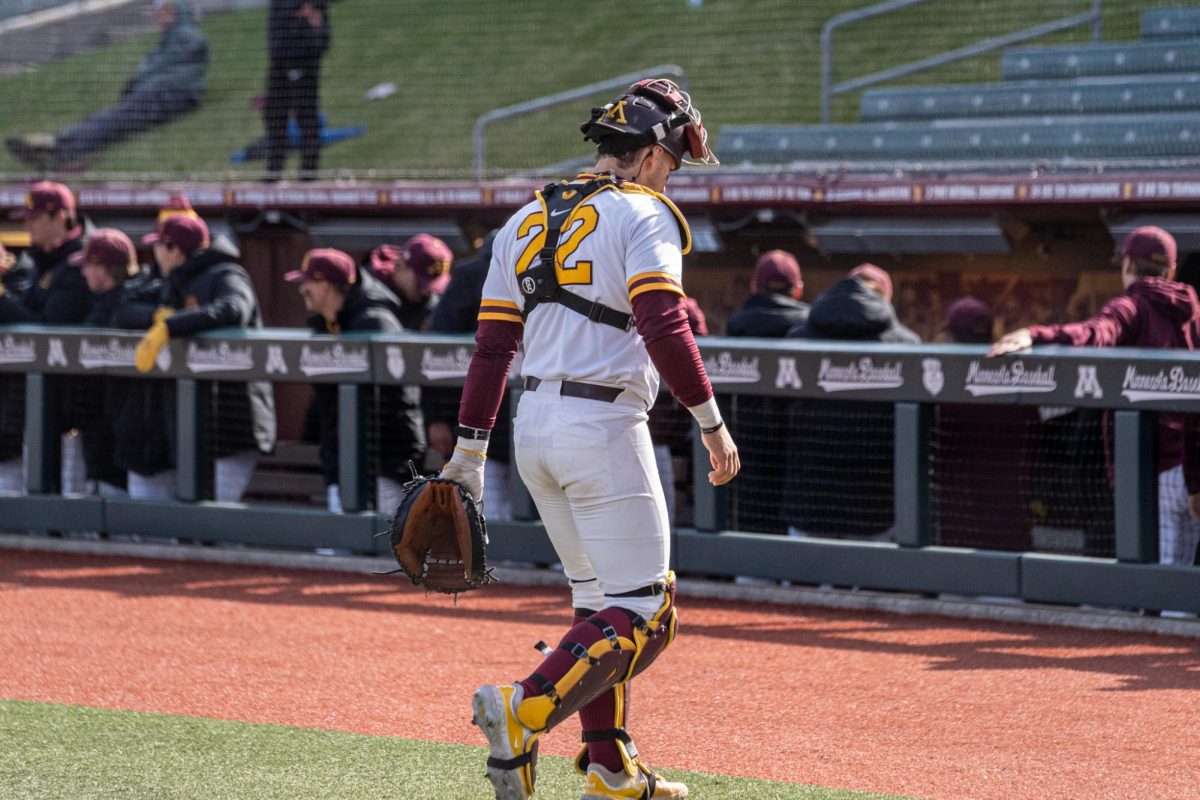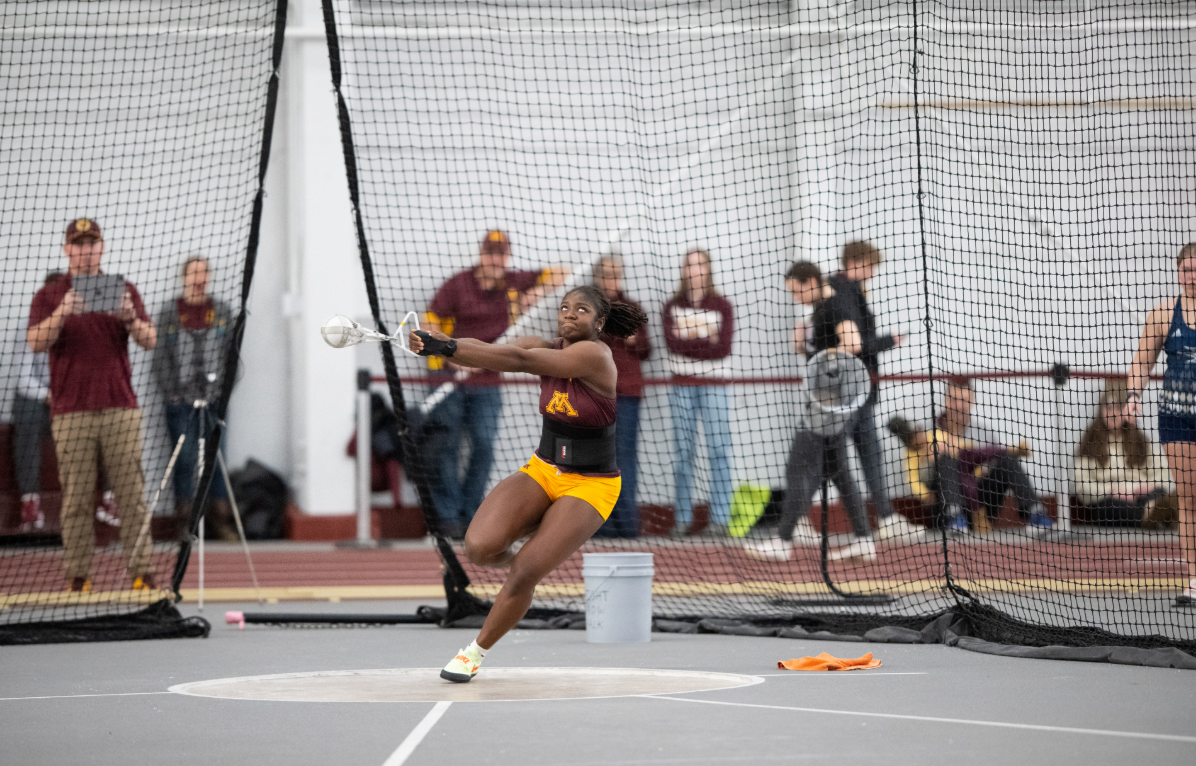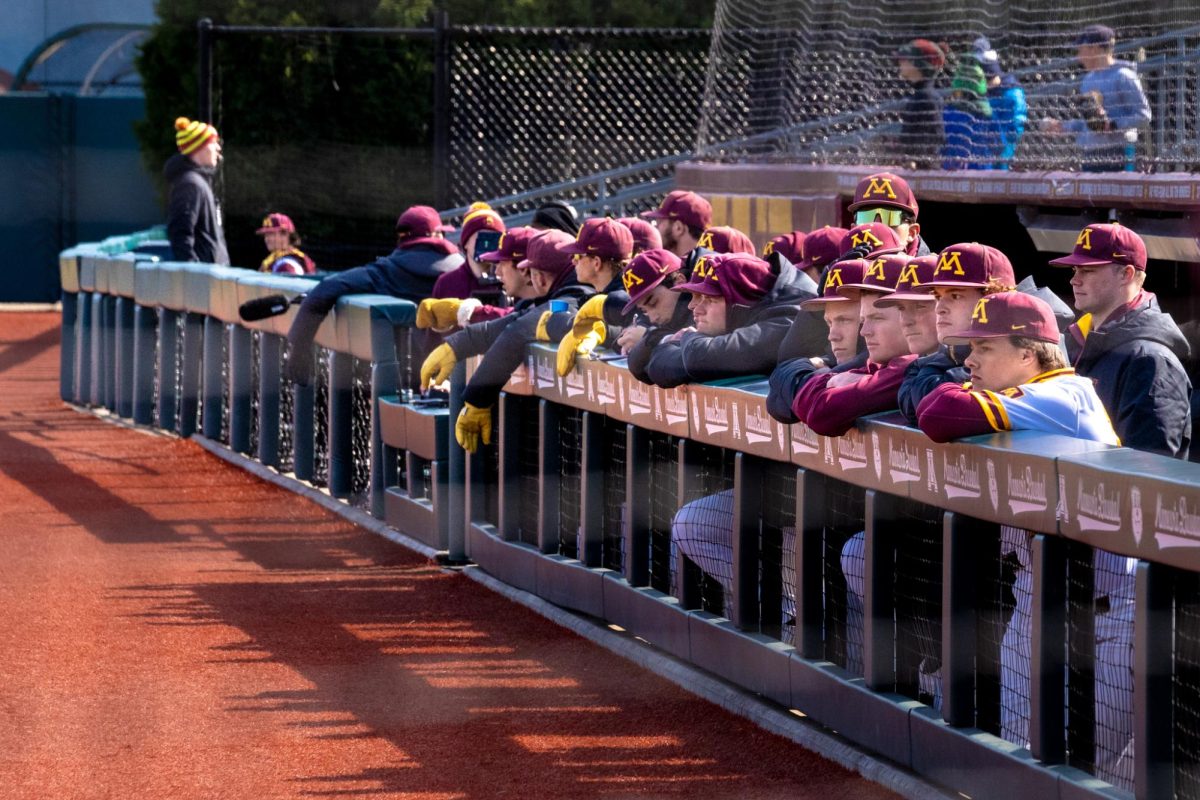John Anderson has the perfect baseball temperament. In a game that will devour anyone prone to considerable emotional fluctuations, AndersonâÄôs soft-spoken, placid style has surely been valuable in his 28 years as head coach of the Minnesota baseball team. HeâÄôs disciplined âÄî pitchers are kept on strict, no-exceptions pitch counts. His philosophies are simple âÄî score five or more runs to have a good chance to win the game. HeâÄôs realistic; heâÄôd have considered a 4-4 record in the GophersâÄô eight-game Texas road trip last week a success (they went 5-3). A man like Anderson seemingly wouldnâÄôt have hyperbole in his repertoire. But when he called this yearâÄôs switch from four- to three-game series during Big Ten play the âÄúbest news IâÄôve heard in 30 years of coaching,âÄù logic would suggest that he was exaggerating at least slightly. It was hard to tell âÄî he flashed only a hint of smile. Hyperbolic or not, AndersonâÄôs statement makes one thing clear: he approves of the switch to conference series with three, nine-inning games, as opposed to the three-day, four game series that included a seven-inning doubleheader between two full nine-inning games. âÄúI think itâÄôs going to be a better game, going to be played better,âÄù he said. âÄúI think itâÄôs going to be what baseball is all about âÄî a nine-inning game.âÄù Minnesota gets its first taste of the new format when it opens conference play this weekend at Indiana. The Gophers and Hoosiers are scheduled to open the series today at 2 p.m. and follow it with noon games on Saturday and Sunday. Prior to the schedule adjustment, the Big Ten was the only major conference that played four-game series. Southern and Western conferences typically started their seasons in late January or early February âÄî weeks before any Big Ten teams took the field âÄî so they could play three-game series without packing their midweek schedules and still have 56 games before the postseason started. But in 2008, the NCAA implemented a âÄúuniform start date,âÄù requiring that all teams begin their season on the same day ; thus creating a quasi-Opening Day in college baseball. In 2009, that day was Feb. 20. Of course, Big Ten teams still must travel south for early season games, but it assures their first games wonâÄôt be played against opponents with 10 or 20 games under their belt; the idea being college baseball will become more competitive. Not surprisingly, the rule was championed by the Big Ten and met resistance from Southern teams. Critics have already pointed to a lack of Northern presence at last yearâÄôs College World Series as a reason the uniform start date is pointless. But Anderson said heâÄôs noticing a difference this year. Last week, the Gophers took two of three games from TCU, which entered the series ranked No. 11 in the country . On Tuesday, Ohio State toppled No. 2 Miami (FL), 7-1 . Three Big Ten teams are ranked in various college baseball polls . âÄúYou look around the country right now and I think you see some teams from the North beating teams from the South because weâÄôre at similar points in our development, especially on the mound,âÄù he said. âÄúI think itâÄôs brought out some parity in the game because of the pitching issue.âÄù And along with the start date, scheduling around the country is becoming more uniform. With the Big Ten latching on to the three-game series, all teams are dealing with the compaction of the season the same way: more midweek games. During the conference season, Minnesota is slated to have a pair instead of a single midweek game three times this year. It didnâÄôt need to do that once in 2008 . Most obviously affected by the three-game series and additional midweek games will be the pitching staff. With the GophersâÄô top three starters âÄî Chauncy Handran, Tom Buske and Seth Rosin âÄî being saved for the weekend, MinnesotaâÄôs depth will be tested during midweek games. That said, if Handran, Buske and Rosin continue to eat up innings like they have so far this season, the bullpen should be plenty fresh for them. âÄúWith the way our starters have been going this year, theyâÄôve given us bullpen guys plenty of rest,âÄù sophomore reliever Scott Matyas said . âÄúIf they can keep pitching the way theyâÄôre pitching, we wonâÄôt have to be using many arms at all in the three game series.âÄù If arms are needed, however, consider the following. First, there will be no such thing as a split series âÄî every one will have a winner. As senior Matt Nohelty said, âÄúeach game holds a lot more importance,âÄù especially the first. But second, and more importantly, though teams will still only be able to throw their best bullpen pitchers twice each weekend, it will be in two of three games instead of two of four. Imagine the scenario: series knotted 1-1 on a Sunday, both teams fighting for conference supremacy, their best pitchers ready to take the mound. Starts to make sense as to why itâÄôs the best news Anderson has heard.

Image by Ashley Goetz
Minnesota opens up first ever three-game conference series
Published March 26, 2009
0
More to Discover







